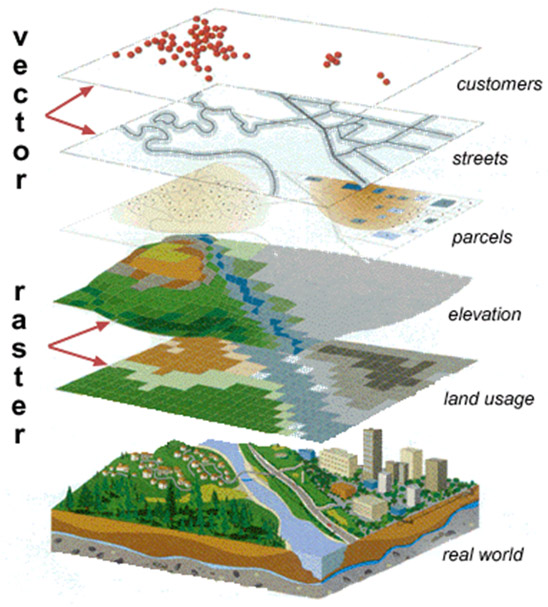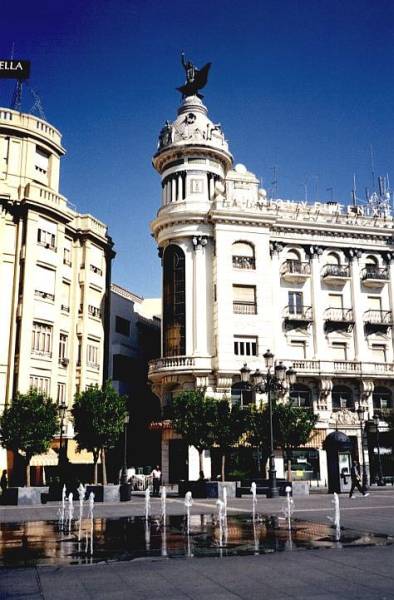Over the last century the theory of how to ‘make’ a town has come full circle. The early 1900s saw the recreation of the romantic historical designs. Practioners sought to adorn streets, parks, and squares with classic decorative art and design.
The reaction to this romantic design was hard edged modernism, most notably Le Corbusier Cite Contemporaire (1922). His geometric order of the city was in complete reaction of the highly decorated period before it. Modernism was typified by simple unadorned concrete structures arranged in a grid like pattern.
By the 1950s a backlash against modernism had taken root and people like Jane Jacobs and Kevin Lynch led the revival of urban design based on people and their interactions with their community. In most recent times the emergence of Duany et als new urbanism in the early 1990s from an interpretation of Allan Jacobs and Donald Appleyard’s 1987 manifesto saw a return to more traditional design with gridded tree lined streets, active street frontages, corner stores and mixed use down town areas.
Duany et al explored in Suburban Nation: The rise of sprawl and the decline of the American dream elements of past urban design that have been emulated in recent projects. They found that elements such as mixed used development, connectivity, site considerations, neighbourhoods, transit, streets, buildings, parking and style are all crucial to the success of a city.
But what else makes a city wonderful, inspiring, successful, and responsive?
The answer is not always so obvious. Sometimes it’s the little fairy lights in the trees, unexpected street art, an unfolding vista, or a red van on the lake selling the best burgers in town. What makes a town for me is a combination of both hard and soft infrastructure. It’s the way that the streets are lined with trees, the way that the buildings interact with the sidewalk. The mixture of services, homes, jobs, retail, recreation, and culture creates the type of place that I want to live in.







